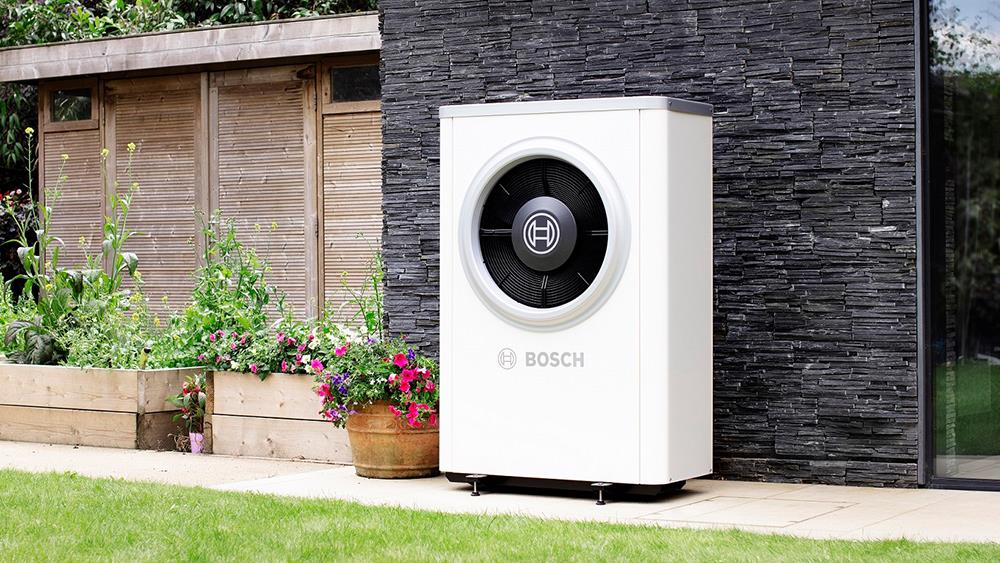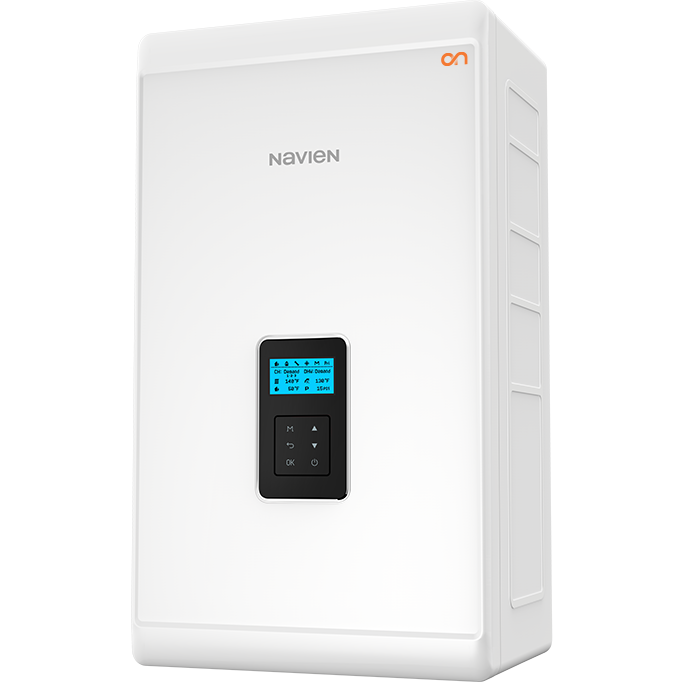How to Perform a DIY Home Energy Audit In Bradford?
In the pursuit of trimming down your home energy expenses while ramping up efficiency, an energy audit is your strategic Launchpad. As the tide of energy costs continues to swell, fine-tuning your home’s energy consumption is non-negotiable. A DIY Home Energy Audit allows you to pinpoint wasteful areas, offering a blueprint for enhancements. Though professionals can be called upon, a self-conducted audit can pack just as much punch. Dive in to explore this step-by-step guide to auditing your home, adopting practical tweaks, and reaping considerable savings.
Call today for a free survey and Quote on your New Boiler 01274 317169
How to Start the Home Energy Audit?
Kick things off by dissecting your current energy usage. Sift through your utility bills from the last year, hunting for patterns and unexpected spikes in consumption. This deep dive sheds light on energy-hogging periods, revealing shifts in appliance performance and giving you a solid benchmark to evaluate future improvements.
Arm yourself with essential tools: pen, notepad, flashlight, incense sticks (or thin paper), thermometer, tape measure, caulk, and weather stripping. With these in hand, you’ll efficiently comb through various parts of your home to perforn your own DIY Home Energy Audit.
Pinpoint Energy Drains
Drafts: These silent energy thieves can sneakily inflate your bills. Inspect every door, window, baseboard, and outlet for gaps or cracks. Waft an incense stick or slide-thin paper to detect drafts. Seal these energy drains with caulk or weather stripping to lock in warmth during winter and coolness in summer.
Insulation: The unsung hero in maintaining steady indoor temperatures. Scrutinize the attic, walls, floors, and basement. Use a plastic crochet hook to probe insulation within walls. Ensure the attic insulation reaches a depth of at least 12 inches; replace any areas that are compressed or showing wear.
Ventilation: Essential for avoiding back-drafting and preserving indoor air quality. Search for soot or smoke marks near combustion appliances, as these can signal poor ventilation. Confirm that exhaust fans are in working order.
Spot Energy Inefficiencies On Your DIY Home Energy Audit
Lighting: It’s a sneaky culprit in your energy bill. Swap out outdated incandescent bulbs for energy-sipping LEDs. Installing occupancy sensors, dimmers, and timers can further slash lighting costs. LEDs not only save energy but outlast traditional bulbs, cutting down on replacements.
HVAC Systems: The titans of energy consumption. Regular check-ups are the key to keeping them in top form. Inspect and service your HVAC system yearly. Watch for dirt streaks in ductwork, signaling leaks that need sealing. Insulate exposed pipes and ducts to minimize energy loss. Programmable thermostats fine-tune heating and cooling schedules, pushing efficiency to the max.
Appliances: They can be silent energy hogs. Hunt for ENERGY STAR-rated options, built to consume less power. Utilize smart power strips to manage electronics, and unplug devices when idle to eliminate phantom energy drain. Even off, many gadgets quietly suck power if plugged in.
Boiler: A heavyweight in the energy expense category. Assess your boiler’s age and condition; if it’s past its prime—over a decade old—it might be time for an upgrade. Lower your water heater’s thermostat to 120°F to shave off energy costs. Install low-flow showerheads and faucet aerators to curb hot water usage while keeping comfort intact.
How to Boost Your Boiler’s Efficiency?
A boiler is your winter lifeline in the UK, shielding you from bone-chilling cold. But this comfort comes with a hefty energy and gas price tag, and over time, efficiency wanes. Routine checks and a little TLC can rejuvenate your boiler, trimming energy use and slashing costs. Here’s how to keep your boiler in top shape.
Routine Maintenance: Service your boiler regularly to maintain peak performance. Swap out filters and seal any leaks. Proper maintenance not only curbs energy waste but also extends your boiler’s lifespan.
Component Upgrades: Swap out antiquated parts for more efficient ones. Modern thermostats and smart controls can fine-tune your boiler’s performance, cutting down on energy consumption.
Pipe Insulation: Wrap the pipes connected to your boiler to reduce heat loss. This is especially critical for pipes running through unheated areas.
Easy Tricks to Save During Cold Months
Dial down the thermostat when you’re away or asleep with programmable thermostats. Keep drafts at bay around doors and windows, and make sure your home is well-insulated. These steps prevent precious heat from slipping away, boosting your heating system’s efficiency. Moreover, consider energy-efficient heaters or space heaters for occupied rooms, sparing the effort of heating the whole house.
How to Plan and Implement Changes?
Break down your monthly and yearly energy costs to uncover high-expense areas. This analysis zeroes in on where impactful changes can be made.
Budget Considerations on a DIY Home Energy Audit
Not all energy tweaks give you the same bang for your buck. Start with low-cost, high-impact changes like sealing drafts and upgrading lighting. These quick fixes can generate substantial savings swiftly. Map out a budget for your energy improvements, weighing the return on investment for each. Prioritize projects by cost-effectiveness and savings potential.
Long-Term Planning
If your home improvement budget has room to grow, consider investing in a new boiler. This upgrade boosts your home’s value and comfort in the long haul, with a noticeable return on investment within 2-3 years. A new boiler can chop your energy bills significantly over time while enhancing your comfort.
When to Call in the Professionals?
While some tasks are DIY-friendly, others may call for professional expertise. Balancing your efforts with expert services ensures comprehensive energy efficiency. After wrapping up your DIY Home Energy Audit, think about hiring a pro for a deeper dive. Professional energy audits can include blower door tests and infrared thermal imaging, revealing air leaks and insulation gaps that may not be visible during a DIY check. These assessments come with detailed recommendations, flagging issues that a DIY audit might miss.
Call today for a free survey and Quote on your New Boiler 01274 317169
Bottom Line for a DIY Home Energy Audit
Taking on a DIY Home Energy Audit can lead to substantial savings on your energy bills, a cozier home, and a smaller carbon footprint. Regular audits and updates are crucial to maintaining your home’s energy efficiency over time. Energy efficiency isn’t a one-off task—it’s an ongoing commitment. Consistent maintenance and periodic checks are vital to keeping your home in top shape. Stay sharp and proactive in hunting down and addressing energy inefficiencies.



